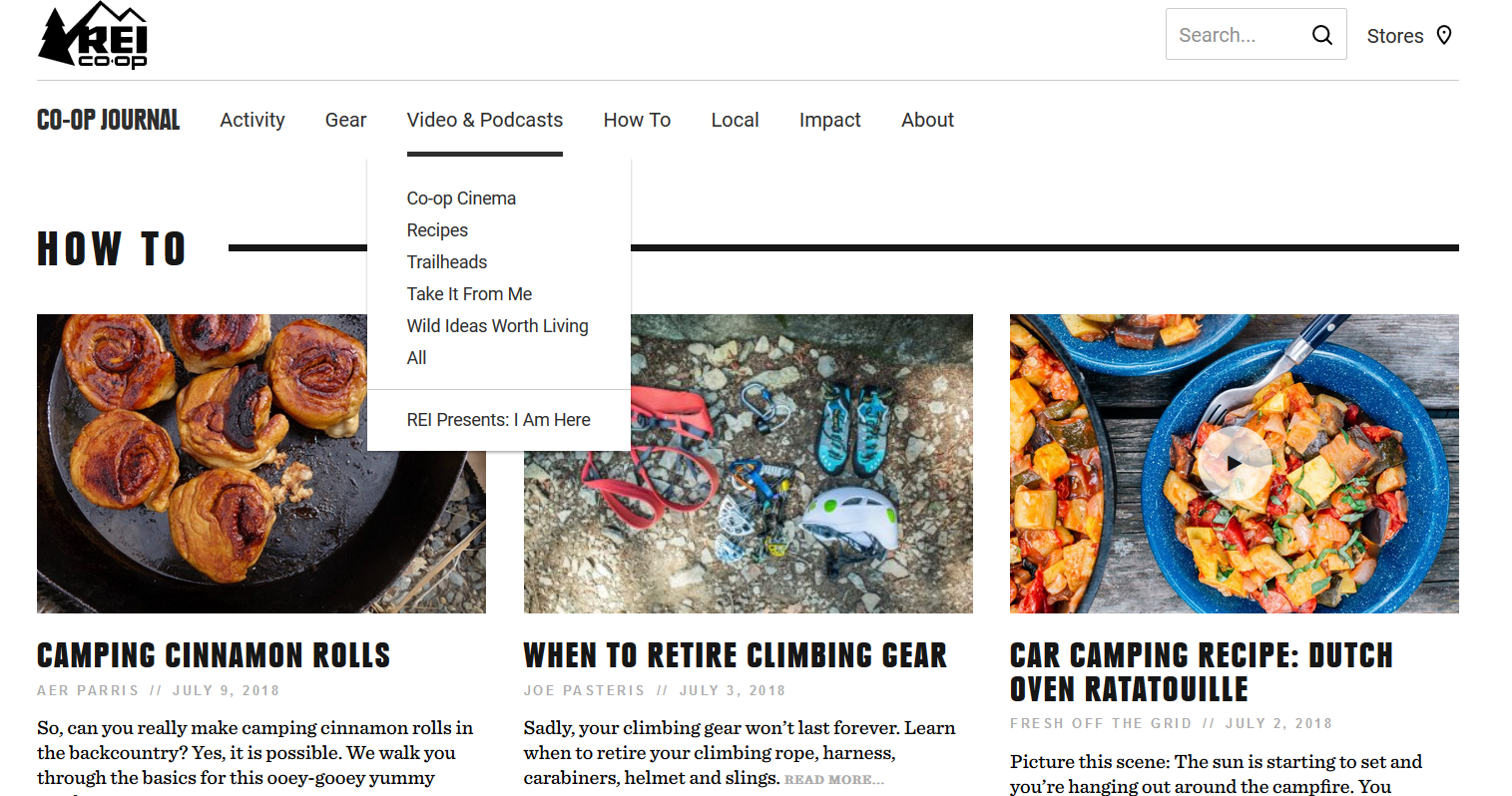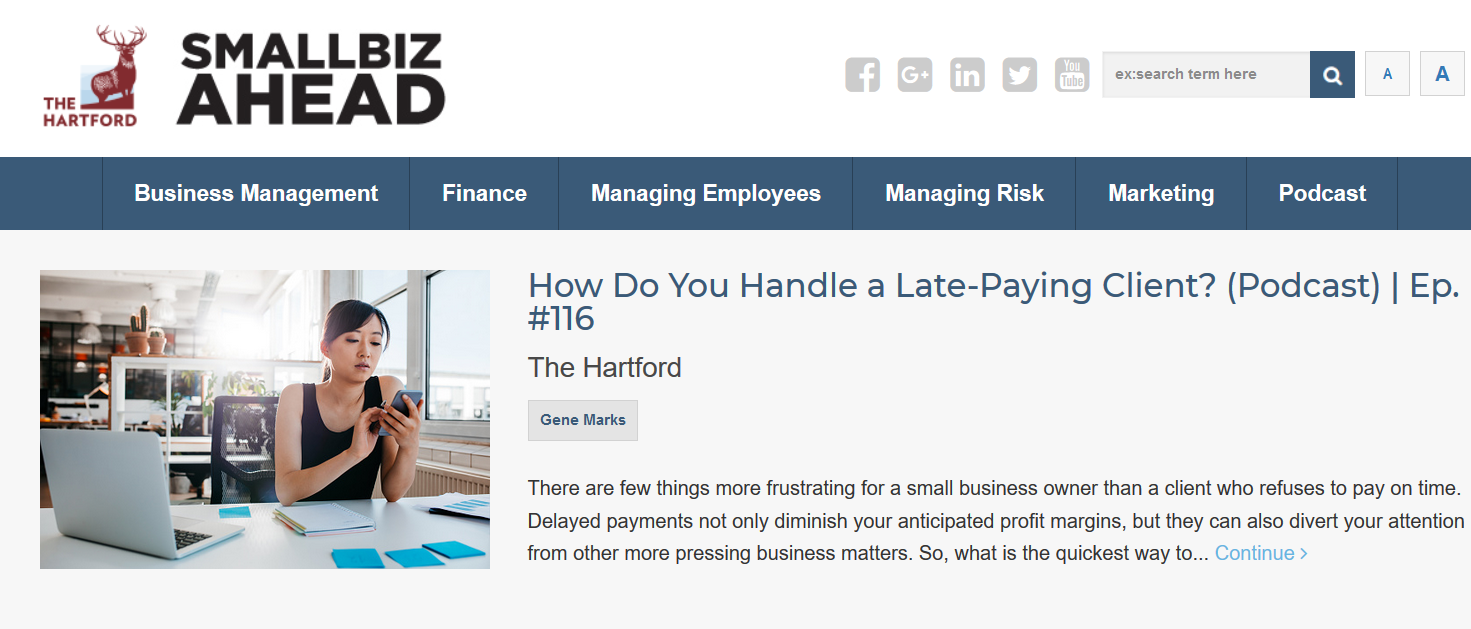Clemenger Media Sales is content marketing.
CMS is niche media – what is your target market. Clemenger can help you own your target: do you want front covers and lead stories?
Clemenger – CMS can help you own your customers – but you have to invest in content. You have to invest in building and managing relationships.
Clemenger can help you add value.
Clemenger Media Sales is the niche media, the content marketing, the media partnership experts (we have dozens of media clients ; how the following news helps –
Where to Build Your Content Hub

One way to make your content marketing more effective and to make your best content more accessible is to build a content hub. Your hub acts as your content’s online repository. It’s a sort of branded resource center or command central for your thought leadership.
With a hub, not only can your audience delve deeper into your online content library because your top blogs, videos, case studies and more are clearly organized on one page or microsite, but you also have more control over how you want to guide your brand’s voice in the industry conversation.
For example, you can create a broader context for each piece of content, which gives all your content more meaning. That thought-provoking blog post on the latest industry research offers a whole other level of value when placed next to a how-to video that shows your customers how to apply these new research insights.
It’s the central location where your whole content marketing strategy comes together in one neat, attractive, thoughtfully put together place, which exists….well that’s the challenge. The where of your content hub is a big deal.
Should it be part of your website? Or should it be a standalone entity?
Getting the ‘where’ part right will dictate how easily your audience can find your content hub. It also dictates the impression your hub makes.
The Pros of Building Your Content On Your Website
There are major advantages to creating a content hub on your website. It’s like doing a home extension project versus building a separate ADU on your property. It’s easier, more streamlined and it’s connected to your products or services.
SEO
This advantage works both ways. The dynamic appeal of your hub’s media mix will boost your website’s SEO. At the same time, you won’t have to start from the ground up to generate traffic and optimize a separate site for your content hub because your website’s users can stay on your site to explore the hub.
Lower resource commitment
With limited resources, it’s a lot easier to build upon the website you already have than to create a standalone hub, promote it, optimize it, and make it into its own worthwhile online hot spot for your audience. This makes building onsite appealing to smaller businesses who don’t have the resources to create and cultivate a separate online entity.
Streamlined analytics
Your content hub will give you a lot of analytics as it tracks the way users interact with your hub’s content. When it’s an extension of your corporate website, this data can be streamlined with your other website data, giving you a clearer picture of your audience instead of having to differentiate between the two different sources of content data – and possibly, different buyer segments (unless that’s exactly what you are going for).
On-site hubs elevate the overall website, making it a greater source of value for your buyers and a more attractive destination. With smaller companies or if your hub is clearly aligned with the ideas, value propositions, and has the same SEO and target market you’re appealing to (and learning about through analytics), building your hub as just one more destination on your website makes a lot of sense.
REI’s content hub is an excellent example of a successful onsite hub.

When visitors click on the tab for REI’s CO-OP Journal, they stumble into a sea of well-organized content. The hub is user-friendly as it’s divided into multiple topics and subtopics – activities, gear, how-to’s, and local content. REI clearly positions themselves with their hub as an ultimate source of outdoor enthusiasts and adventurers. But it also uses the space to connect visitors with branded content that really drives home the REI story, which they may not have originally sought out, like their content surrounding sustainability and social responsibility and REI’s unique series – Take It From Me and Wild Ideas Worth Living.
REI’s content hub has enough complexity to deserve a microsite. But why take your audience to a different site when your products are a click away from inspiring content?
The Pros of Building a Standalone Content Hub
As practical as building your content hub on your site is, there are situations where it makes more sense to create a standalone content hub.
When your big company is also slow to adapt
Depending on your organizational structure, keeping your hub separate may be a smarter strategy. For example, in larger companies where there is a lot of red tape to make anything happen to the website, it may be wiser to let the content marketing team work at its pace to build an unfettered content hub.
When your hub itself is too big
One of the reasons to build a hub for your content in the first place is it improve the customer experience. Hub visitors can quickly access the information they want and can see, at a glance, related content they may be interested in. If your hub is loaded with different types of content, combined with different landing pages to pick up subscribers, event registrants, webinar sign-ups, podcast followers, and more, then your hub may need a home of its own. This allows you to create a better user experience and to better control the way visitors interact with your content.
To differentiate sales and content
When your content hub is all about establishing industry authority, it can be smart to make a standalone hub. This allows you to keep the sales pitch a mile away from the thought leadership articles, content created by your employees, curated content, and other content that is focused more on the message than the actual company.
To reach a new or specific audience
A separate microsite gives your content marketing the ability to take off in a new and exciting direction because it’s somewhat removed from the brand’s online corporate base. This also makes it a smart move if you want your hub to cater to a specific buyer segment.
The Hartford Financial Services has a dedicated content hub for targeting small business owners. SmallBiz is packed with helpful articles on topics small business owners and entrepreneurs would be interested in, as well as a SmallBiz podcast.

This how having a separate content resource center makes more sense. It appeals directly to a certain segment, creating a better experience for these viewers. This also makes it easier to generate leads as the entire hub directs viewers to one primary action – to sign up as a subscriber.
The Content Hub Location Checklist
When deciding where to build your content hub, you can use this checklist summarizing TriComB2B’s Chris Eifert’s advice to help narrow down what online space makes more sense for your brand and your content marketing strategy.
If your goal is…
- SEO, then using your corporate website is better
- Objectivity and authenticity, then a stand-alone hub is better
- To quickly create a site and you don’t have time for website bureaucracy, go for standalone
- The best user experience, then standalone is usually better, although a great user experience can work on the corporate website
- Lead generation, then standalone is usually more effective
Add to this list, these factors:
- Limited resources or small market presence, business website wins
- Planning on creating one or more hubs for different segments, opt for standalone.
Make Your Content Hub Strategic
When you have a solid content marketing strategy, your content hub is what can bring it all together for your audience. It also creates a central platform for sharing the strategy – inviting hub visitors to more than a blog post or a video but the whole pie, all in one, convenient location. It gives you more space to get your brand story clearly across than a single piece of content, and more opportunity to show your buyers just how useful your content – and by extension, your brand – can be in their lives.
CMS is Australia’s home of niche media (if you want to own your target market = we are your media buying agency (we own the niche your customers consume:-
Clemenger Media Sales, CMS, Clemenger Consulting, Clemenger is advertising, marketing, media buying, media buying agency: if you want to buy media, advertising, if you want to buy radio advertising, buy magazine advertising, do you want to buy digital media, are you buying TV advertising, or want content marketing, media sponsorship – Clemenger can help you.
We give you the above / this news to help you learn / live / continually improve (call or email if you need help with your media / advertising / marketing investment (we are Australia’s home to niche media :
About Michael Brenner
Michael Brenner is a Top CMO, Content Marketing and Digital Marketing Influencer, an international keynote speaker, author of “Mean People Suck” and “The Content Formula” and he is the CEO and Founder of Marketing Insider Group, a leading Content Marketing Agency . He has worked in leadership positions in sales and marketing for global brands like SAP and Nielsen, as well as for thriving startups. Today, Michael helps build successful content marketing programs for leading brands and startups alike. Subscribe here for regular updates.


